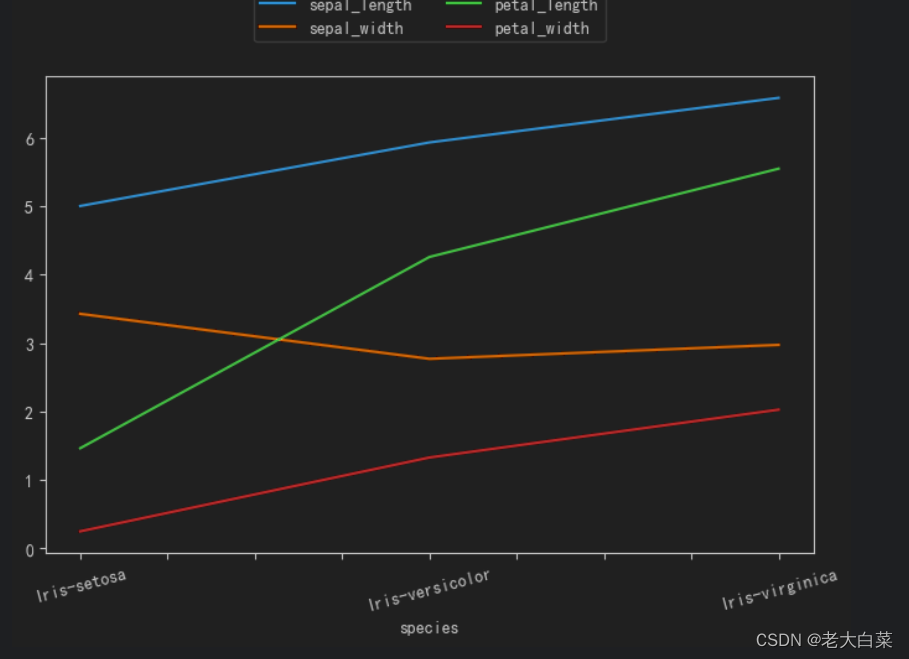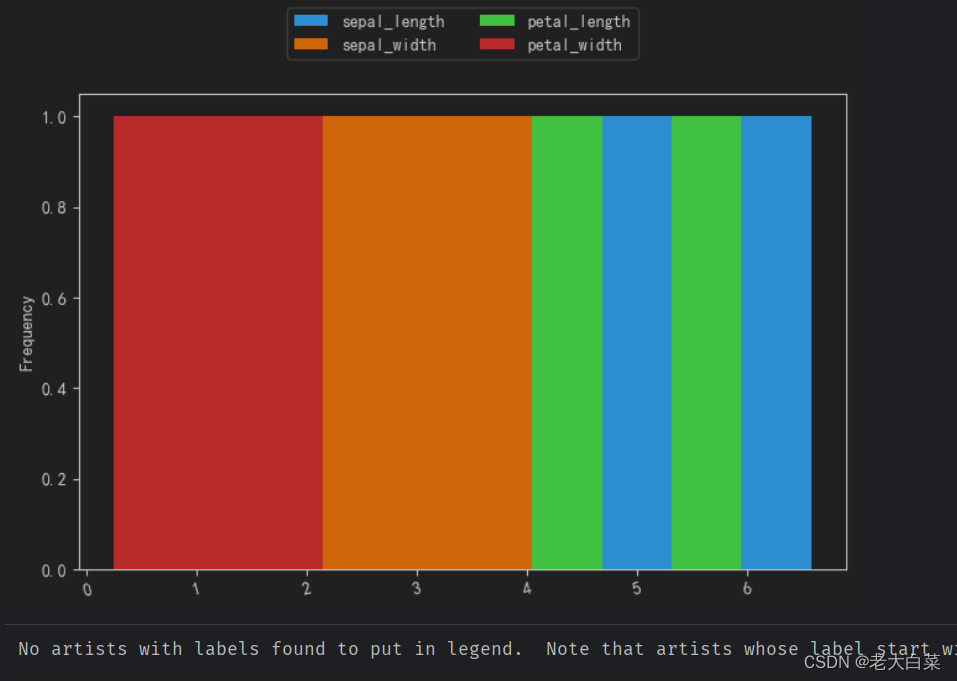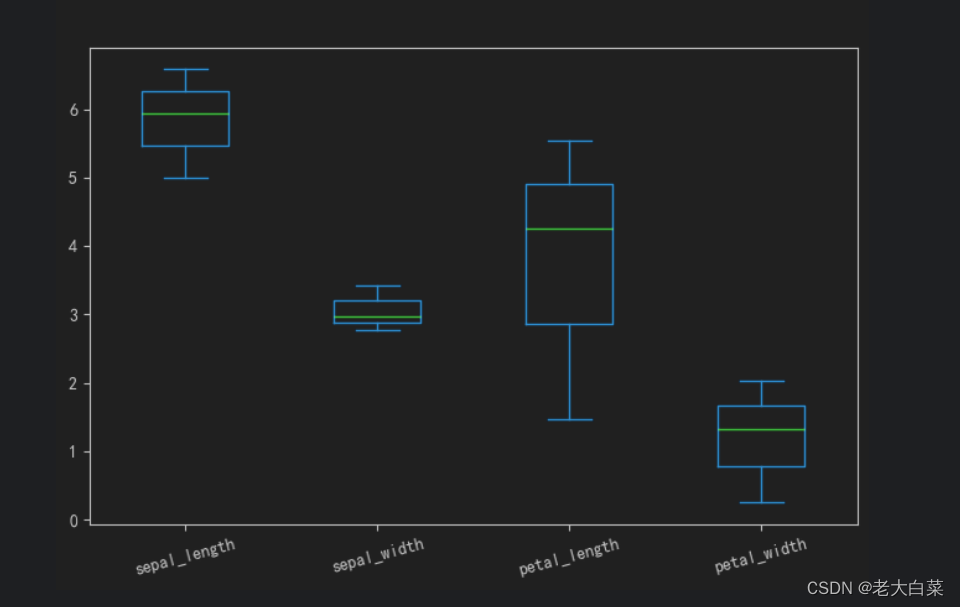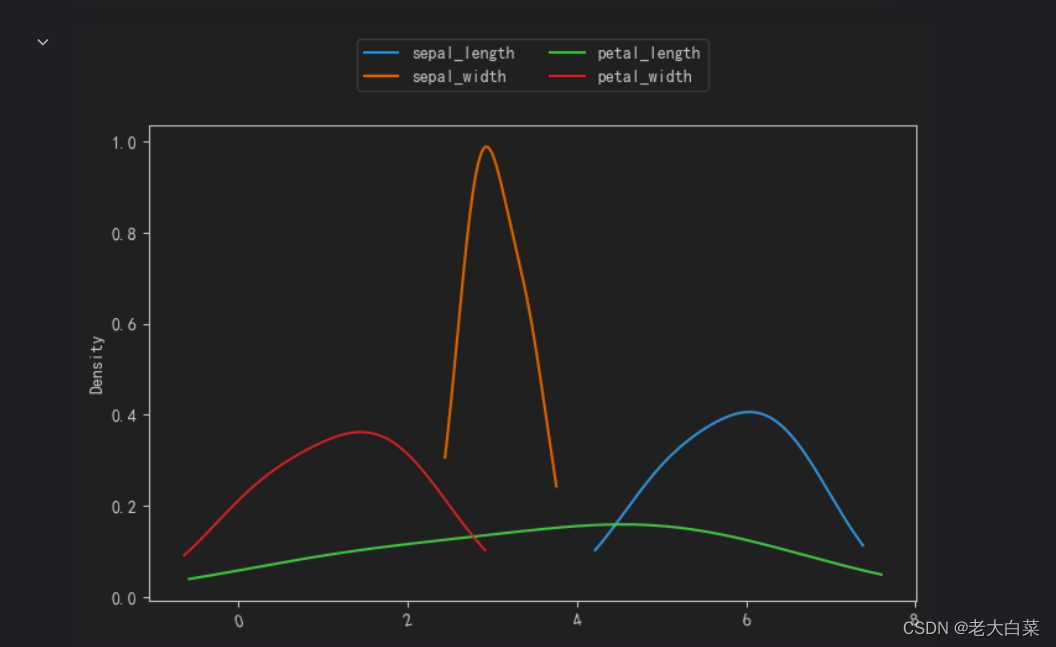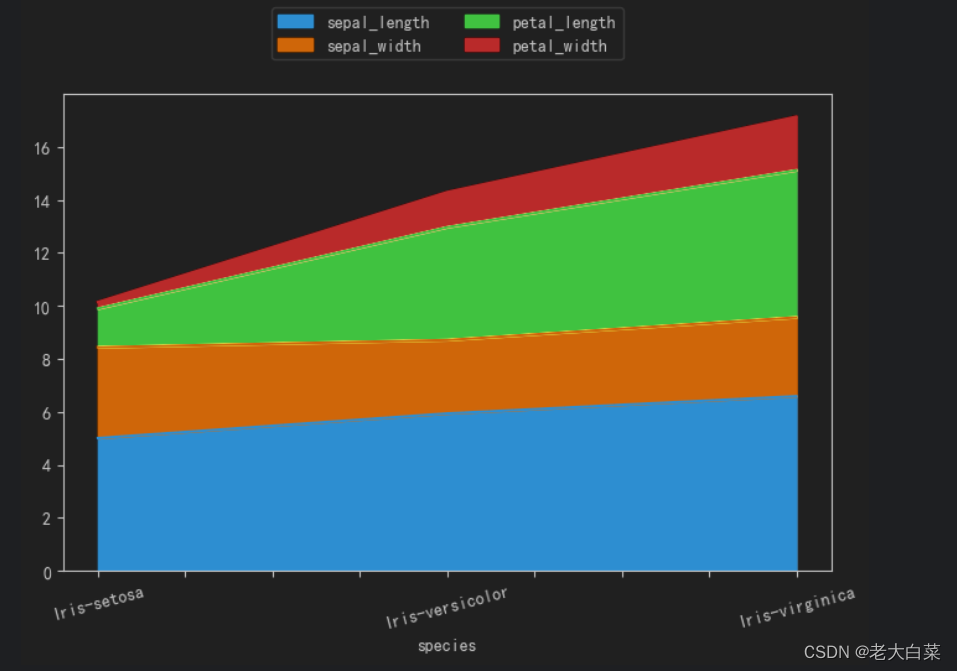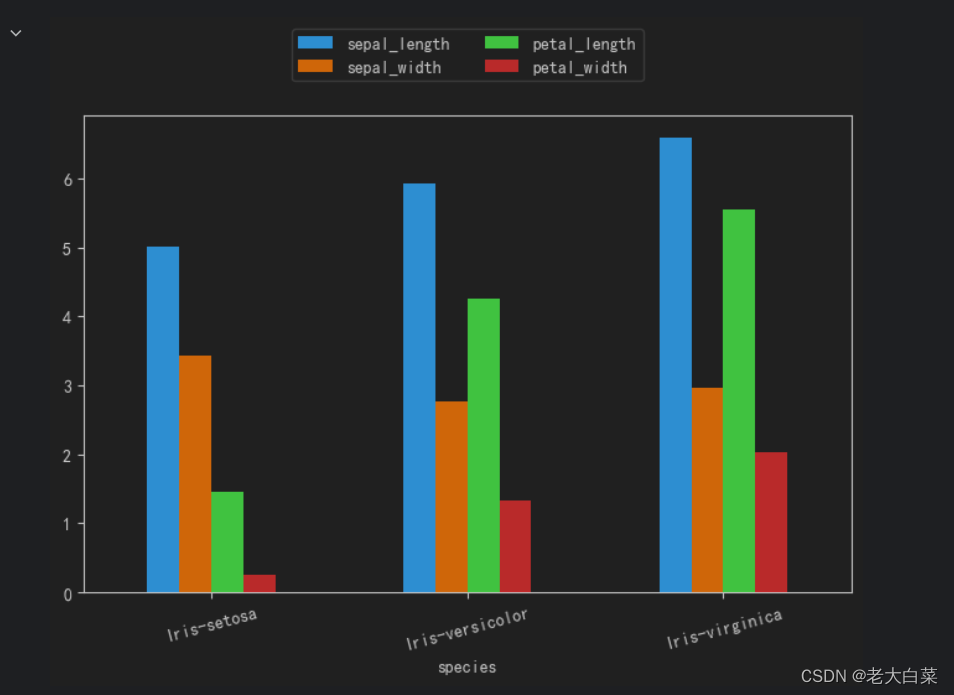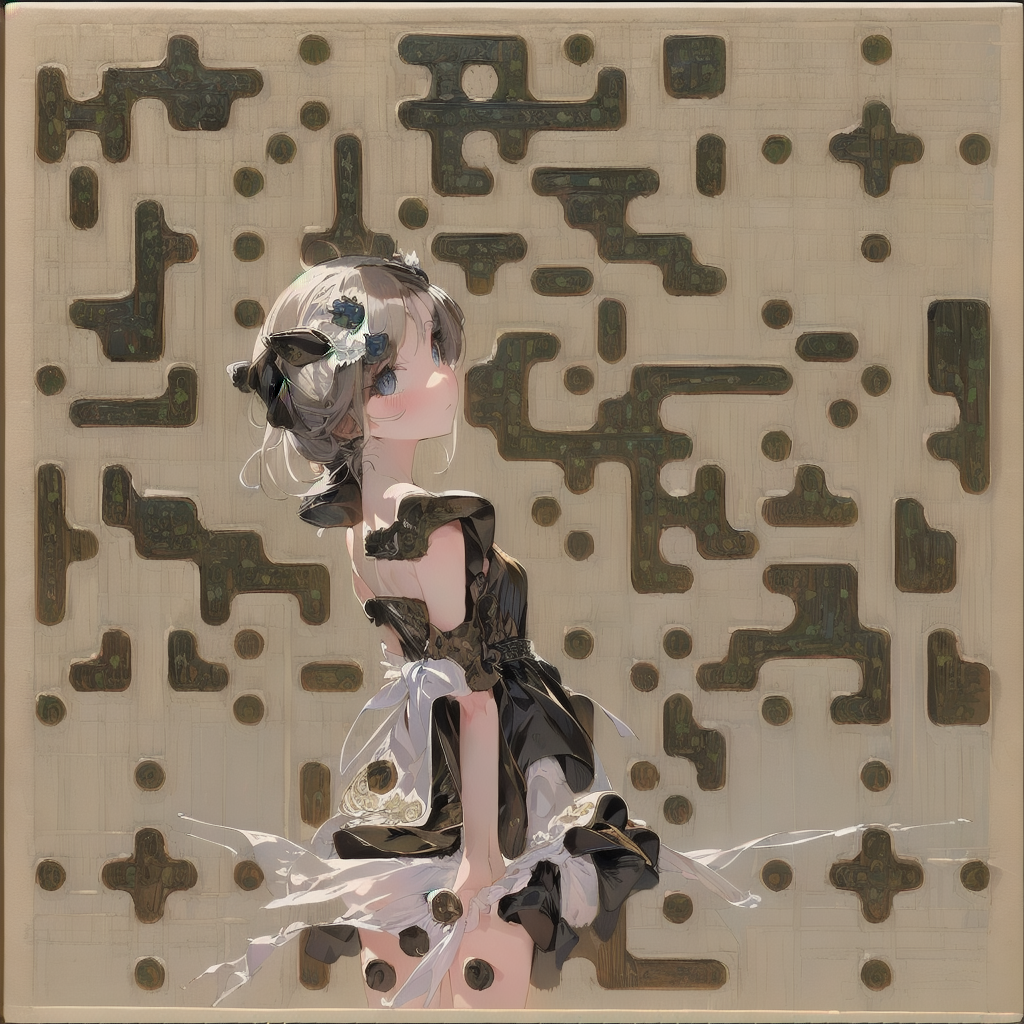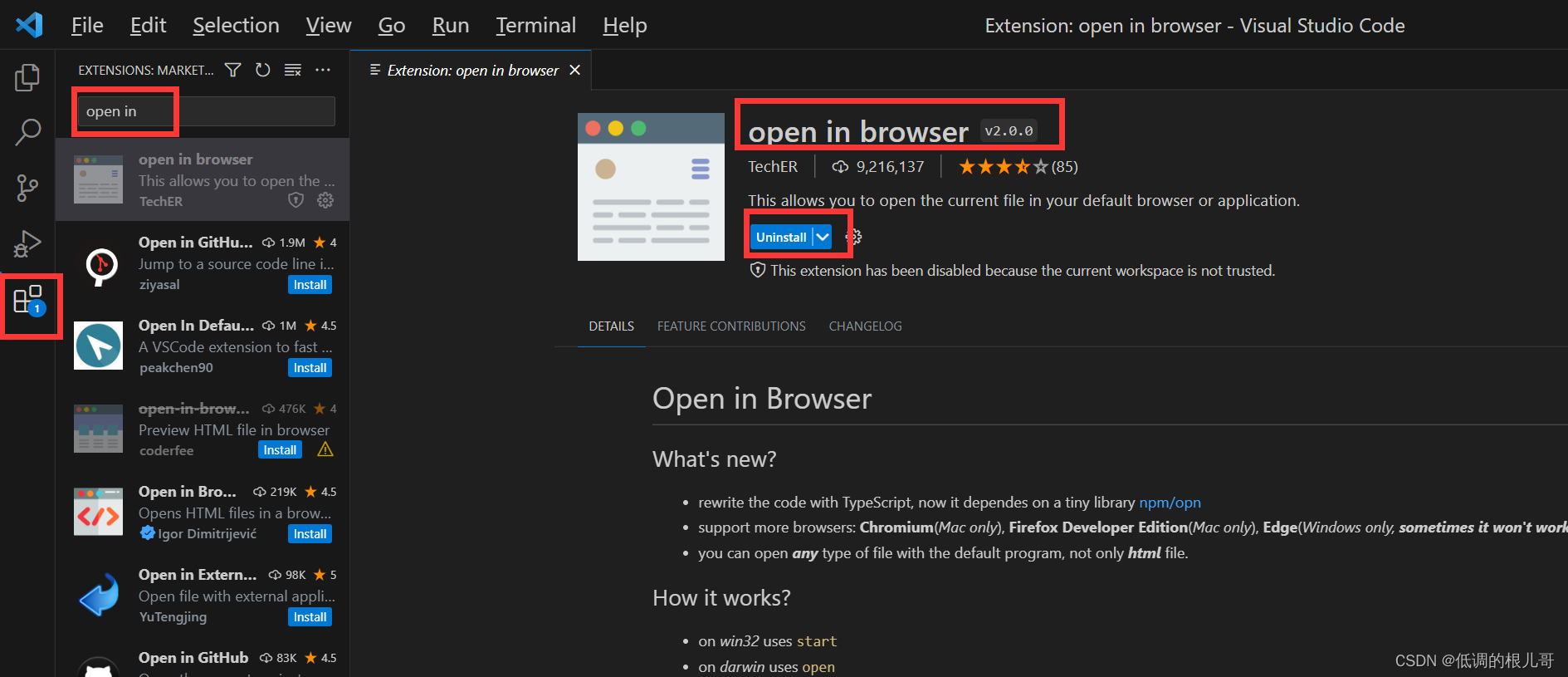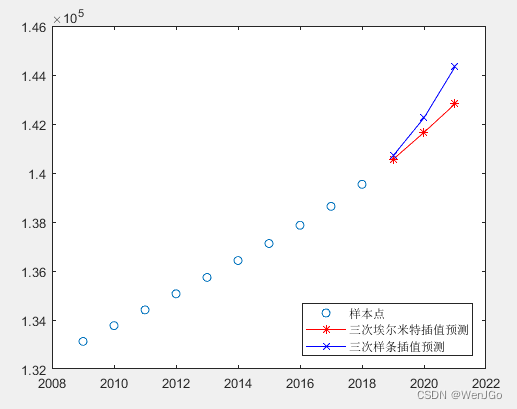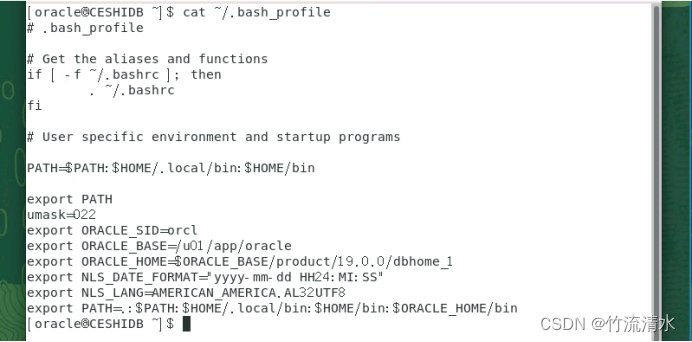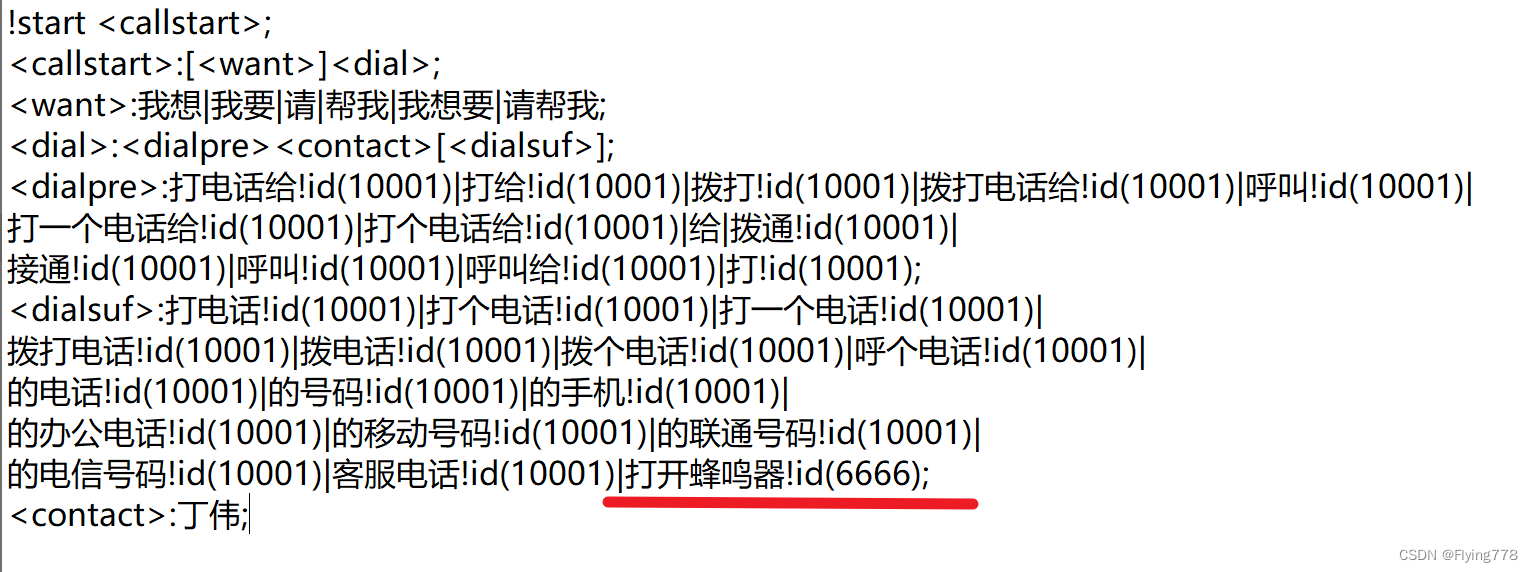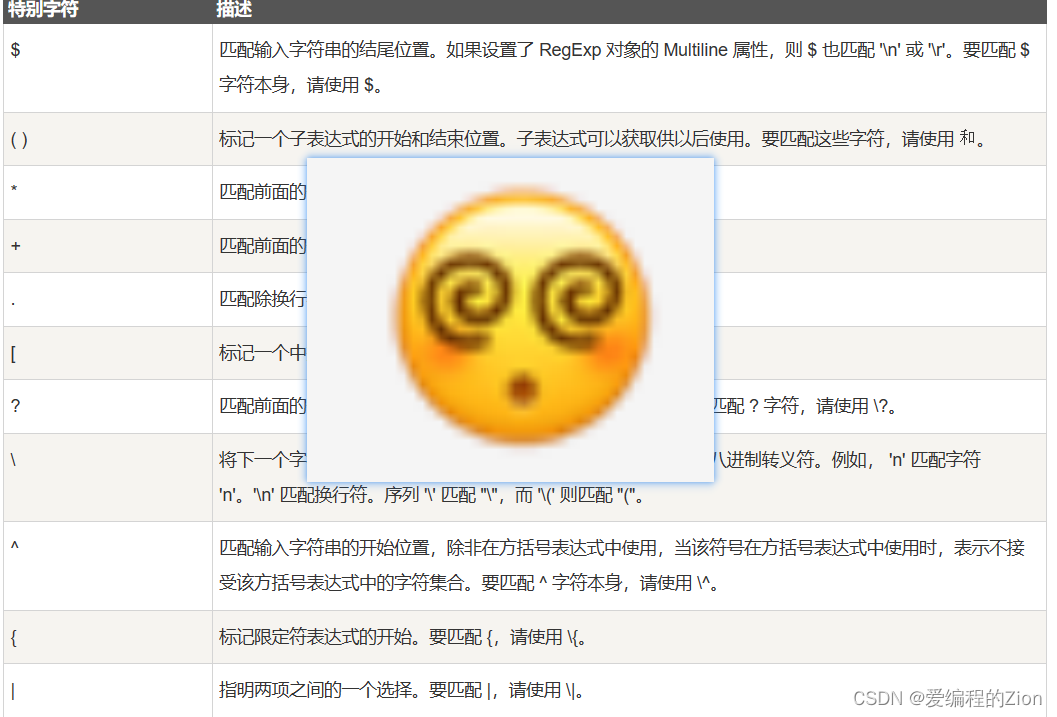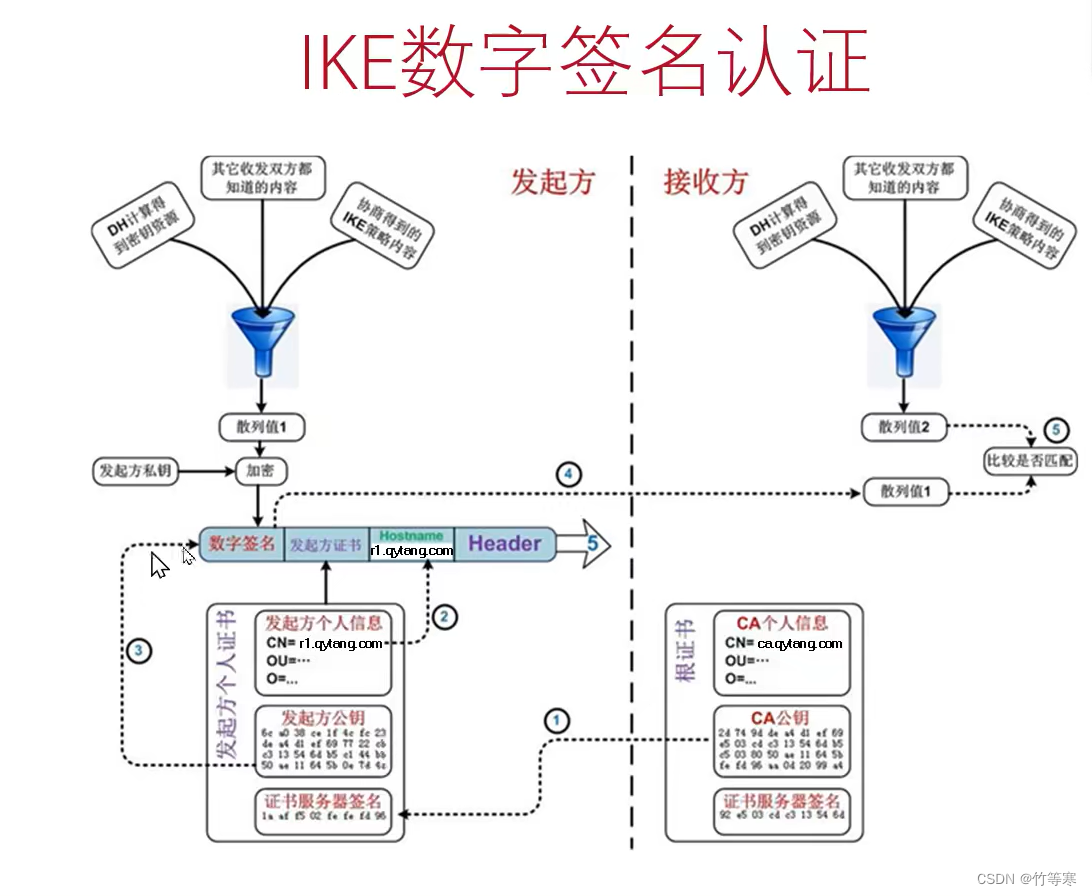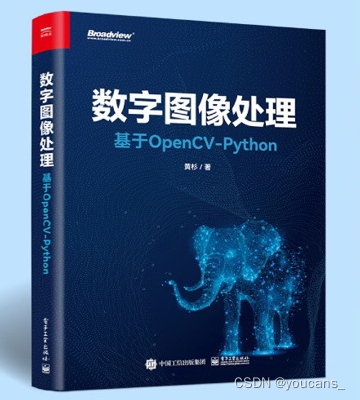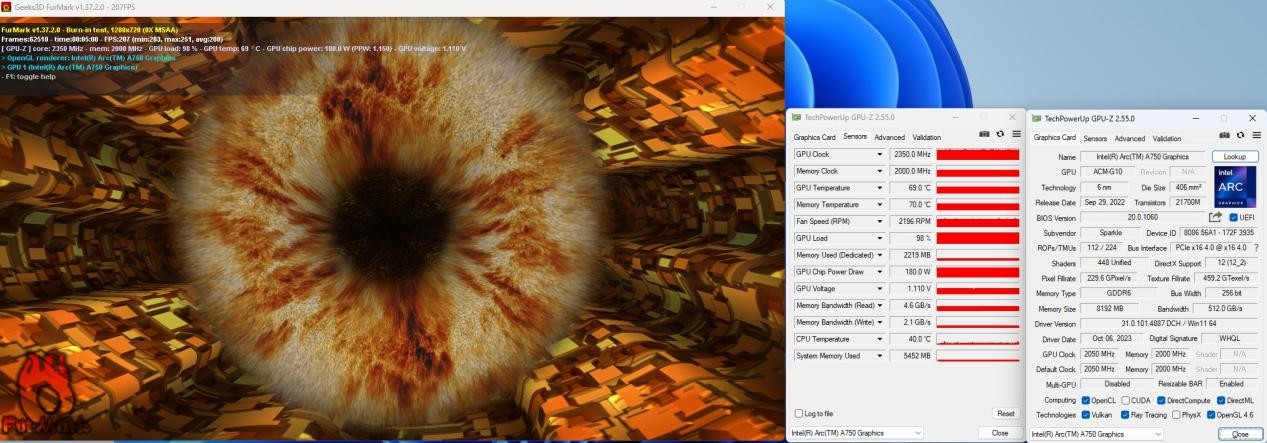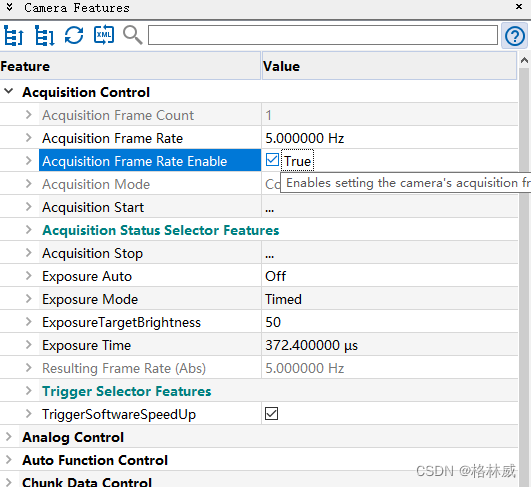代码
# 导入pandas库,并为其设置别名pd
import pandas as pd
import matplotlib.pyplot as plt# 使用pandas的read_csv函数读取名为'iris.csv'的文件,将数据存储在iris_data变量中
iris_data = pd.read_csv('data/iris.txt',sep='\t')# 使用groupby方法按照"species"列(即花的种类)对数据进行分组
# 分组后的数据存储在grouped_data变量中
grouped_data = iris_data.groupby("species")# 对每个分组计算平均值,结果存储在group_mean变量中
group_mean = grouped_data.mean()# 使用plot方法绘制条形图,其中kind="bar"表示绘制条形图
# rot=15表示x轴的标签旋转15度以便更好地显示
# figsize=(8, 5)表示图形的大小为宽8英寸、高5英寸
#group_mean.plot(kind="bar", rot=15, figsize=(8, 5))
barstyle=['line','hist','box','kde','area','bar','scatter']
for item in barstyle:group_mean.plot(kind=item, rot=15, figsize=(8, 5))# 使用plt.legend方法添加图例,其中loc="upper center"表示图例的位置在图形的上方中央# bbox_to_anchor=(0.5,1.2)表示图例的具体位置相对于图形中心的偏移量# ncol=2表示图例分为两列显示plt.legend(loc="upper center", bbox_to_anchor=(0.5, 1.2), ncol=2)# 使用plt.show()方法显示图形plt.show()
kind 参数在 pandas 的 plot 方法中确实有多种可选值,它决定了图形的类型。除了 “bar”(条形图)之外,以下是一些常用的 kind 参数值及其对应的图形类型:
“line”: 折线图
“barh”: 水平条形图
“hist”: 直方图
“box”: 箱线图
“kde”: Kernel Density Estimation 图(核密度估计图)
“area”: 面积图
“pie”: 饼图
“scatter”: 散点图
例如,如果你想绘制一个折线图而不是条形图,你可以将 kind 参数改为 “line”:
图形
